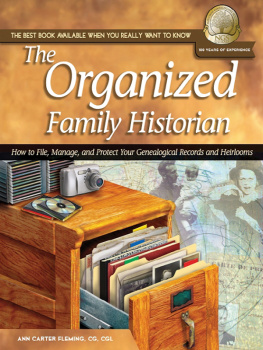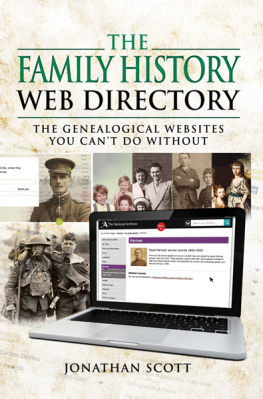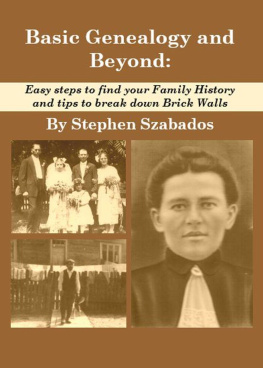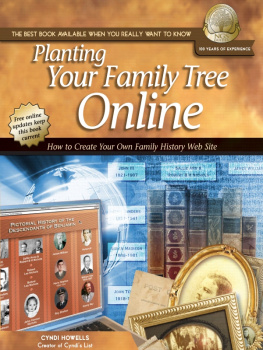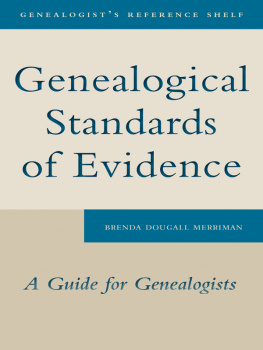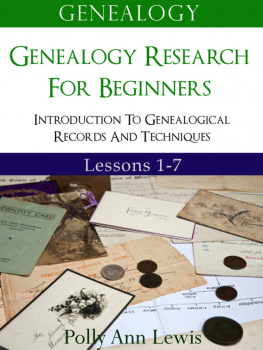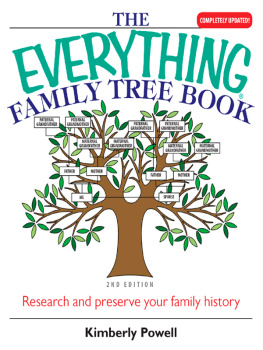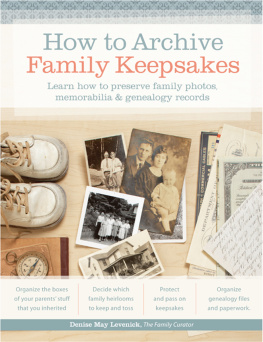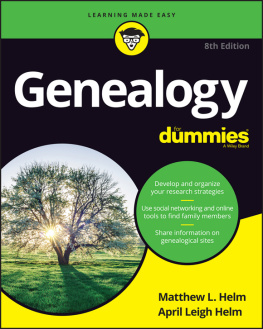The Organized
Family Historian
How to File, Manage,
and Protect Your Genealogical
Research and Heirlooms

Ann Carter Fleming
CG, CGL
Amy Johnson Crow, CG
Series Editor
Rutledge Hill Press
Nashville, Tennessee
A Division of Thomas Nelson, Inc.
www.ThomasNelson.com
Copyright 2004 by National Genealogical Society and Ann Carter Fleming.
All rights reserved. No portion of this book may be reproduced, stored in a retrieval system, or transmitted in any form or by any meanselectronic, mechanical, photocopy, recording, or any otherexcept for brief quotations in printed reviews, without prior permission of the publisher.
Published by Rutledge Hill Press, a Division of Thomas Nelson, Inc., P.O. Box 141000, Nashville, Tennessee 37214.
Some material in this publication is reproduced by permission of The Church of Jesus Christ of Latter-day Saints. In granting permission for this use of copyrighted material, the Church does not imply endorsement or authorization of this publication. Materials from Hollinger and Allen County Public Library are also reproduced by permission.
The following items mentioned in this book are registered trademarks or service marks: AAA, Adobe Acrobat Reader, Amazon.com, Ancestral File, Ancestry, Board for Certification of Genealogists (BCG), Certified Genealogical Lecturer, Certified Genealogical Records Specialist, Certified Genealogist, CG, CGL, CGRS, Church of Jesus Christ of Latter-day Saints, Consumer Reports, Cyndis List, CyndisList.com, Family History Center, Family History Library, FamilySearch, FamilySearch.org, FirstSearch, Federation of Genealogical Societies, GEDCOM, Google, HeritageQuest.com, Hollinger Corporation, Microsoft Outlook, Microsoft XP, MS Excel, MS Windows, MS Word, National Genealogical Society, National Society Daughters of the American Revolution, Nintendo, OCLC, PC Magazine, PDF, Periodical Source Index, PERSI, MS Pocket Excel, MS Pocket Word, Research Outlines (FamilySearch), Roots Web, RootsWeb.com, Social Security Death Index, Sons of the American Revolution, UpFront with NGS, USGenWeb, USGS, Windows Explorer, WorldCat, Zip-drive.
Library of Congress Cataloging-in-Publication Data
Fleming, Ann, 1947
The organized family historian : how to file, manage, and protect your genealogical research and heirlooms / Ann Carter Fleming.
p. cm.(National Genealogical Society guides)
Includes index.
ISBN 1-4016-0129-4 (pbk.)
1. Genealogy-Methodology. 2. Paperwork (Office practice)Management. 3. Filing systems. I. Title. II. Series.
CS14.F54 2004
929'.1'072dc22
2003022732
Printed in the United States of America
04 05 06 07 08 5 4 3 2 1
To Marie

Contents
Appendix: National Genealogical Society
Guidelines and Standards

ONE PERSON CANNOT COMPLETE A PROJ ECT SUCH AS THIS. IT TAKES a team of players, each with a different area of expertise ranging from expert genealogist to new family historian. My team consisted of the following colleagues, friends, and family: Joan Beach; Mary Berthold; Kay Freilich, CG, CGL; Ruth Ann Hager, CGRS, CGL; Cyndi Howells; Ilene Murray; Pam Porter, CGRS, CGL; and Ted Steele. This team provided advice, enthusiasm, critical thinking, and fresh ideas, all with a red pen in hand. I am extremely thankful for their help and friendship.
A project of this scope is time consuming and could not have been completed without the encouragement, patience, and support of my husband, Jim Fleming. He was always there to provide a better word or phrase when needed or to just listen. He never complained when he asked what I was making for dinner and my response was reservations. Thank you for your love and patience.
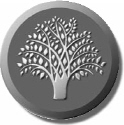
INTRODUCTION
Who Should Read
This Book?
WHAT IS IN YOUR HERITAGE TRUNK? DO YOU HAVE FAMILY PHOTOS, heirlooms, journals, letters, quilts, and other family memorabilia? It is time to open this trunk and organize the prized possessions left to you by your forebears.
As a family historian, you probably started by keeping all your documents and notes in a three-ring binder. Before you knew it, that notebook grew into an overflowing four-drawer cabinet. What can you do? Organizing your heritage trunk or accumulated heirlooms, notes, photos, and family anecdotes is the first goal. Everything should have a place, you should know where it is, and it should be easily accessible when needed. Papers should be in a file folder, project folder, or notebook, not piled on the table or floor. Organize your photographs, as well as the books, with like items together.
Organizing your research is the second goal. Whether you use a desktop computer, laptop, or pencil and paper to record your research notes, the forms and worksheets provided in this book will help you identify, organize, and sort your research materials. These helpful tools enable you to analyze the names, locations, and time periods that are important to your family before you embark on your research journey.
All of the forms mentioned in this book are available on the enclosed CD. You can print and use the blank forms as needed. Many of the forms should be filled out before you go to a research facility. As you utilize the forms, the missing information will become obvious, pointing you in the right research direction and allowing you to make more efficient use of your research time. Armed with the appropriate forms, your next stop will be a courthouse or genealogical library.
This journey through your family history should be fun. As you unlock the puzzles of the past, each new piece of the puzzle falls into place. You establish the framework and then start filling in the holes. Where did those people come from? Why didnt they leave a trail? Those questions and many others come to mind as your journey progresses.
Once this information is gathered, entered, and documented, it is time to share your family history with othersthe final goal, and perhaps the most intimidating. Although software programs can write family histories, those histories sound like a computer wrote them. Writing your family history yourself brings the greatest reward. Your family history needs your personal feelings and touches. By sharing that history, you help your descendants understand the sacrifices and hardships your ancestors encountered as they left footprints in time.
Organizing your family history is a big project. Taking on the responsibility of the family historian is one of those unpaid, time-consuming, and sometimes thankless jobs. However, if you develop a plan today and work on it a little at a time, it isnt so cumbersome. Besides, who better to do it than you?
Part 1
Organize Your Heritage Trunk
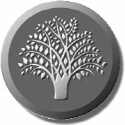
Next page
